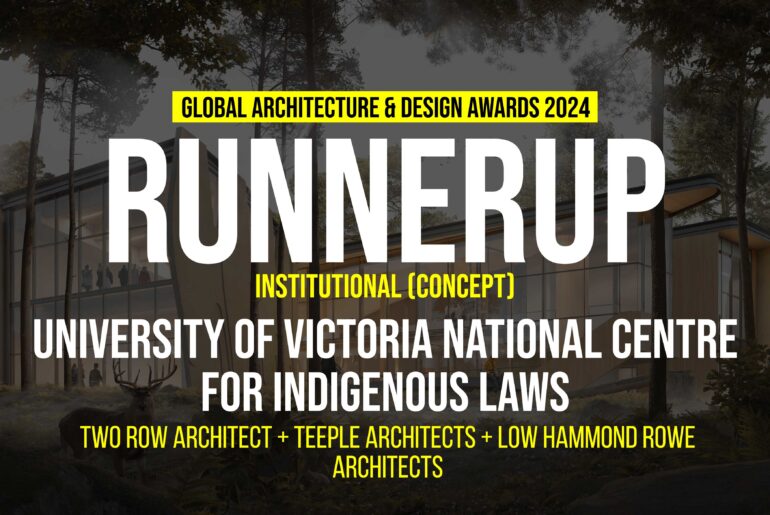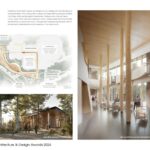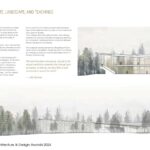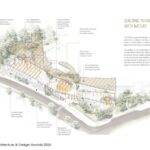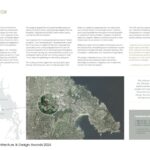The University of Victoria’s new National Centre for Indigenous Laws (NCIL) will be a space dedicated to a shared path for the study and practice of Canadian Common Law and Indigenous Legal Orders. A direct response to the Truth and Reconciliation Commission of Canada Report Call to Action 50, the Centre provides a home for UVic’s groundbreaking JD/JID (Juris Doctor/Juris Indigenarum Doctor) degree program and is the first of its kind globally.
Global Design & Architecture Design Awards 2024
Third Award | Institutional (Concept)
Project Name: University of Victoria National Centre for Indigenous Laws
Category: Institutional (Concept)
Studio Name: Two Row Architect + Teeple Architects + Low Hammond Rowe Architects
Design Team:
Two Row Architect:
Brian Porter
Matthew Hickey
Jacqueline Daniel
Teeple Architects Inc:
Stephen Teeple
Avery Guthrie
Myles Craig
Richard Lam
Josh Rensby
Sahel Tahvildari
Amanda Kemeny
Mina Pavlovic
Chris Qiu (model making)
Low Hammond Rowe Architects Inc.:
Paul Hammond MRAIC
Howard Kim
Roya Darvish
Jeff Rushton
Past and present members of the NCIL project Steering Committee
Past and present members of the NCIL project Building Committee
Area: 28,879 sq ft
Year: 2025 (anticipated completion of construction)
Location: University of Victoria, Victoria, British Columbia, Canada
Consultants:
Structural: Fast + Epp
Mechanical: AME Consulting Group
Electrical / Lighting / Technology /A/V: AES Engineering
Energy Modelling / LEED: Introba
Civil / Tranportation: McElhanney
Landscape: PFS Studio
Arborist: Talbot McKenzie
Code: GHL Consultants Ltd.
Hardware: Allegion Canada Inc.
Cost: BTY Group
Envelope: RJC Engineers
Photography Credits: N/A
Render Credits: Tango Studio
Other Credits: N/A
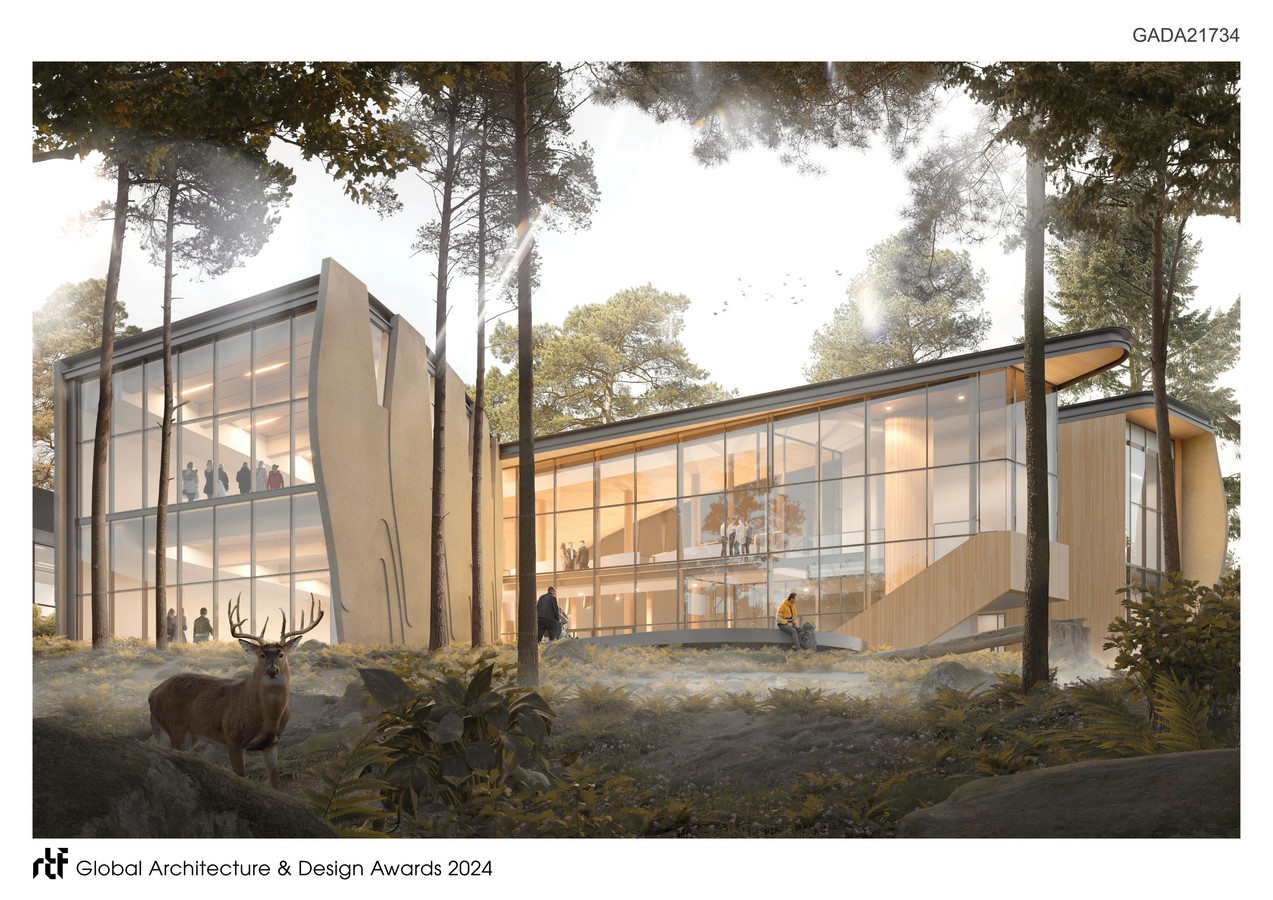
Situated on the northwestern edge of the University of Victoria campus, on the traditional territory of the lək̓ʷəŋən peoples, the NCIL expands the existing Fraser Law Building at the junction of Ring Rd and McGill Road. This expansion becomes the face of UVic’s Faculty of Law and creates an integral connection with the second-growth forest to the south and nearby Bowker Creek watershed.
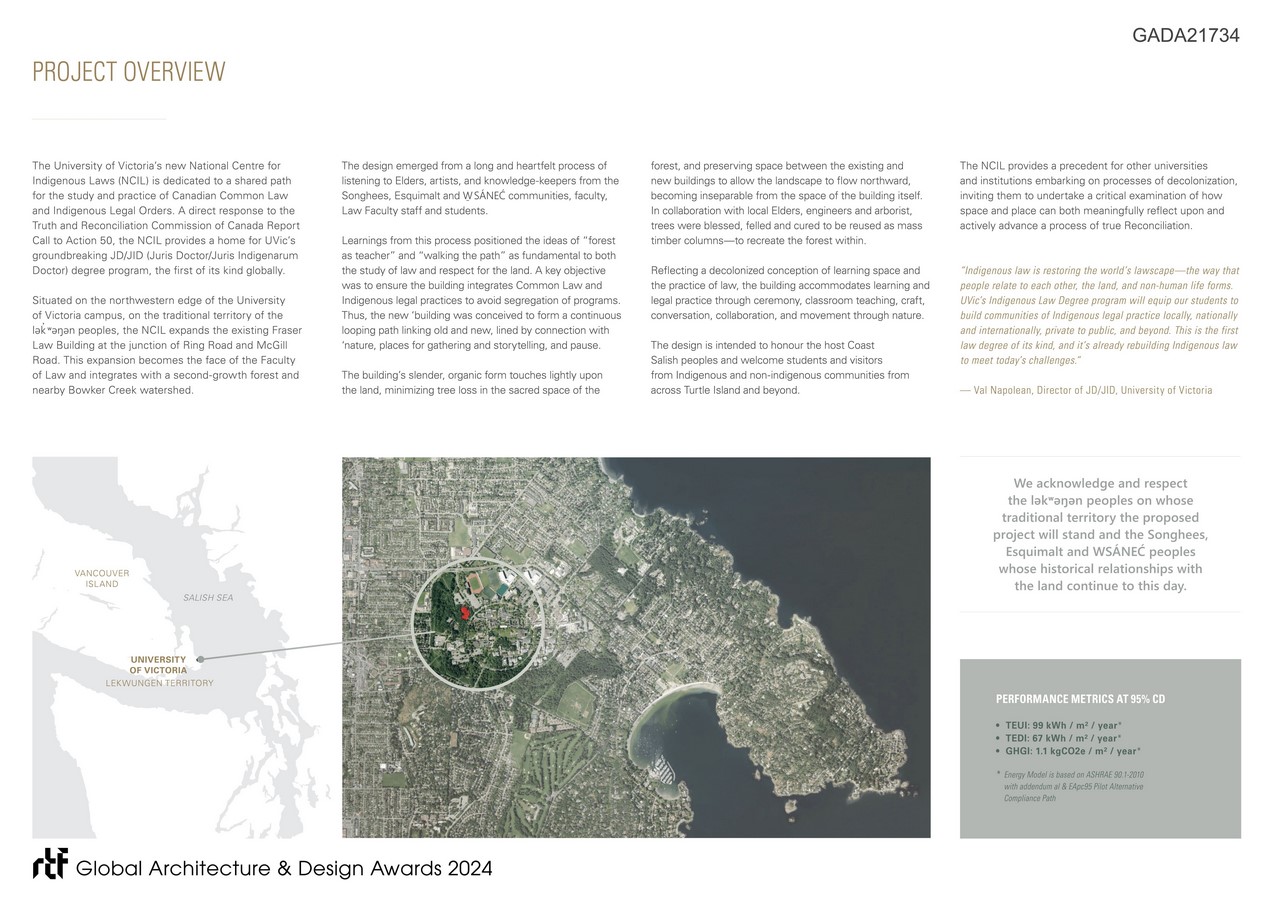
The design emerged from a long and heartfelt process of listening in conversation with elders, artists, and knowledge-keepers from the Songhees, Esquimalt and W̱SÁNEĆ communities, as well as faculty, staff and students from the Faculty of Law. Learnings from this process positioned the ideas of “forest as teacher” and “walking the path” as integral components of both the study of law and respect for the land. A key objective was to ensure the building embodied the integration of common law and Indigenous legal practices while avoiding the segregation of the JID program. The new building was thus conceived as a continuous looping path linking old and new, lined by moments of connection with nature, places for gathering and storytelling, and places of pause.

The building’s slender, organic form touches as lightly as possible upon the land, minimizing tree loss in the sacred space of the forest, and preserving space between the existing and new buildings to allow the landscape to flow northward, becoming inseparable from the space of the building itself. In collaboration with local elders and the project’s structural engineer and arborist, healthy, large diameter trees displaced by the expansion were blessed, retained and cured to be used as columns for the building’s expressed mass timber structure, literally inviting the forest within.
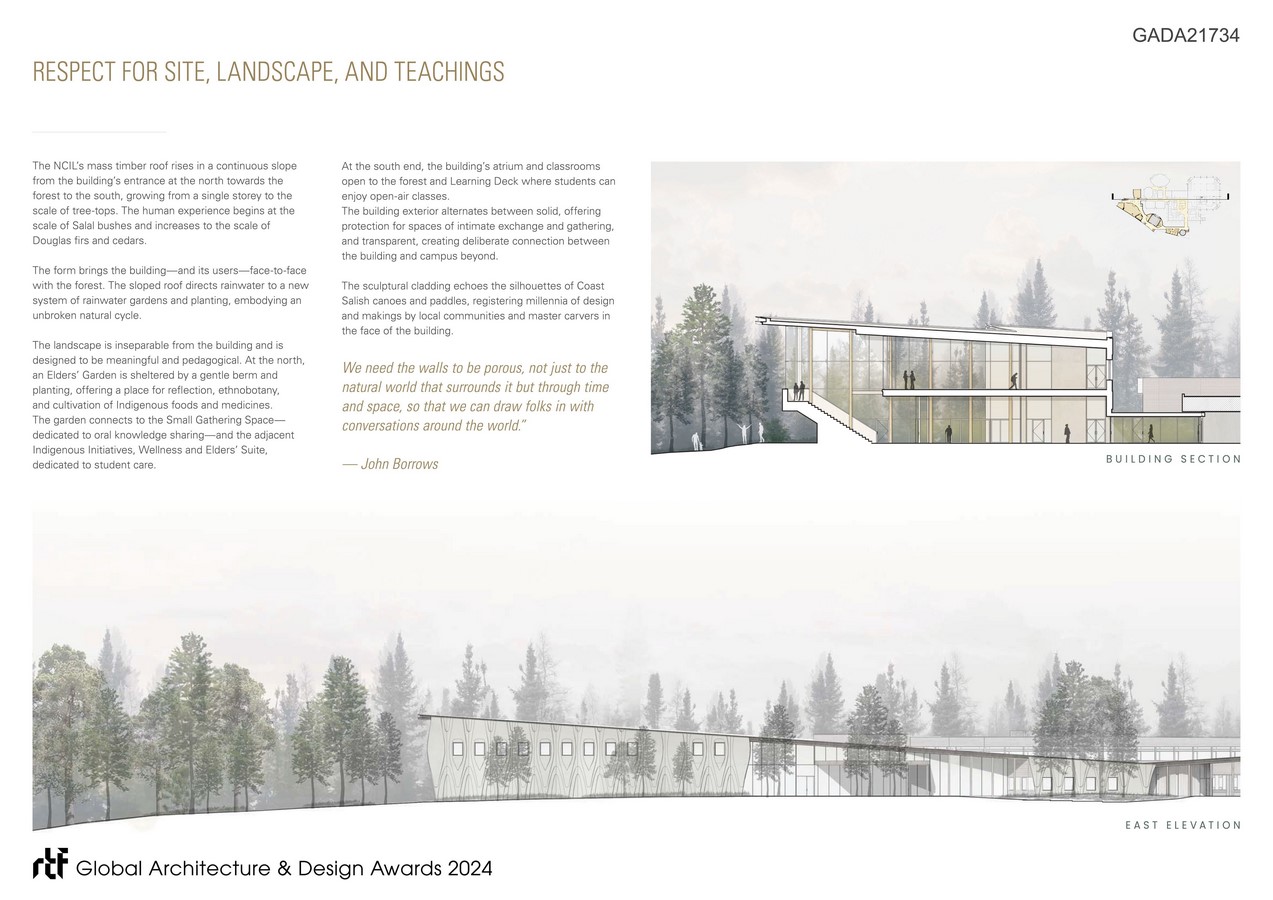
Reflecting a deliberately decolonized conception of learning space and the practice of law, the building accommodates learning and legal practice through ceremony, classroom teaching, craft, conversation, collaboration, and movement through nature. The design is intended to honour the host Coast Salish peoples, while creating a welcoming home for students and visitors from Indigenous and non-indigenous communities from across Turtle Island and beyond.
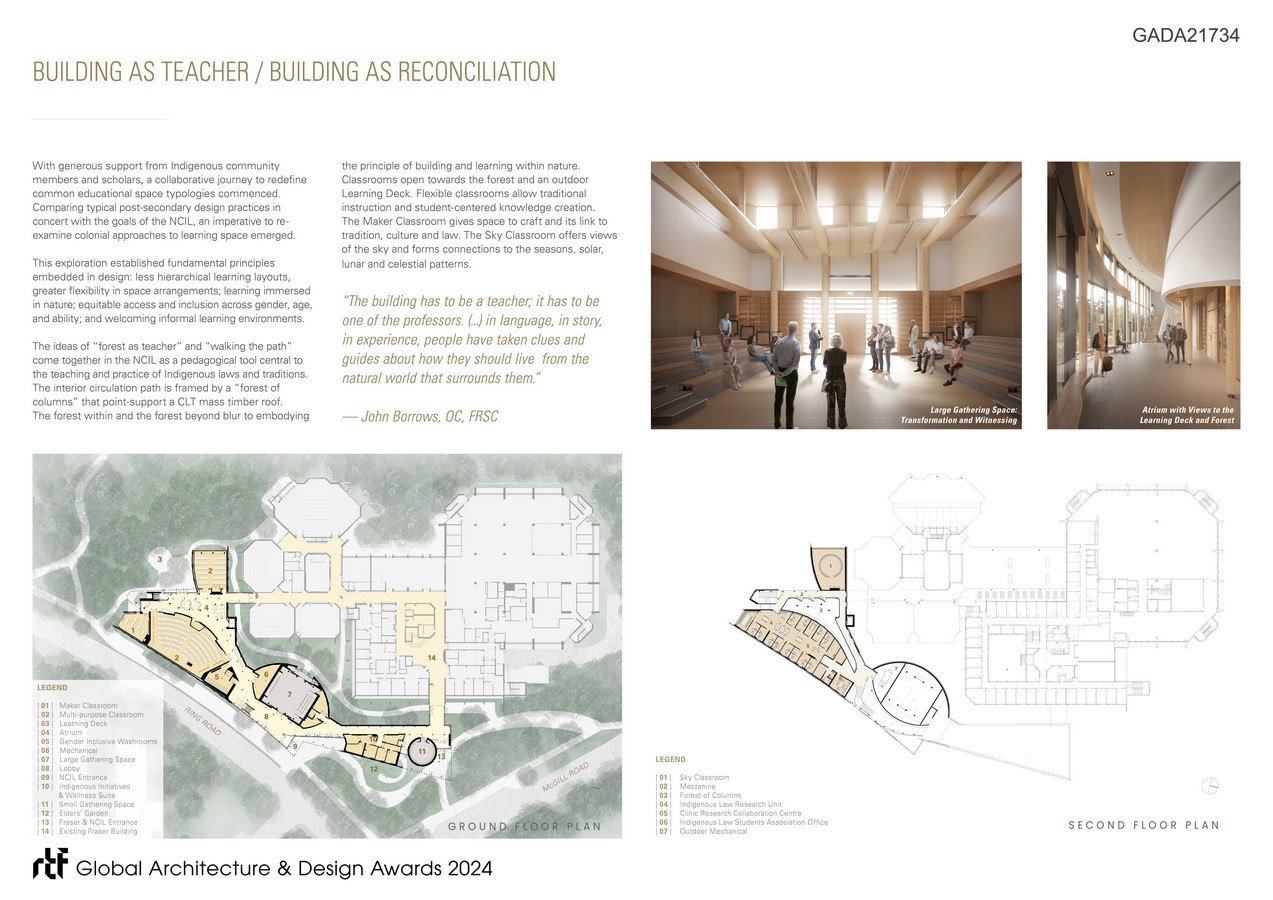
The NCIL provides a precedent for other universities and institutions embarking on processes of decolonization of learning, inviting them to also undertake a critical examination of how space and place can both meaningfully reflect and actively advance a process of true Reconciliation.

